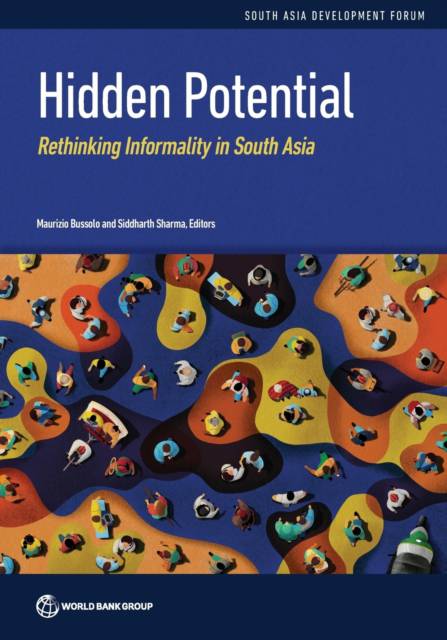
- Retrait gratuit dans votre magasin Club
- 7.000.000 titres dans notre catalogue
- Payer en toute sécurité
- Toujours un magasin près de chez vous
- Retrait gratuit dans votre magasin Club
- 7.000.0000 titres dans notre catalogue
- Payer en toute sécurité
- Toujours un magasin près de chez vous
Description
Informality remains widespread in South Asia despite decades of economic growth. The low earnings and high vulnerability in the informal sector make this a major development issue for the region. Yet, there is no consensus on its causes and consequences, with the debate polarized between a view that informality is a problem of regulatory evasion and should be eradicated, and another that equates informality with economic exclusion. Recent advances in analyzing informality as the outcome of firm dynamics in distorted economic environments can help reconcile them. Building on these advances, the approach adopted in this volume clarifies that there are different types of informality, with different drivers and consequences. The report has four main messages that underscore the need for a multipronged strategy. First, informality in South Asia is dominated by firms that happen to be outside the purview of regulations because they are small, as opposed to those that remain small to escape regulations. Second, reforms of business regulations tend to have small direct effects on the informal sector, although they could have sizable indirect impacts on it if they succeed in removing major inefficiencies in the broader economy. Third, e-commerce platforms offer new opportunities to informal firms and workers, but many of them lack complementary skills or credit to benefit from such technologies. Fourth, a combination of contributory and non-contributory programs recognizing the heterogenous saving capacities of informal workers may be necessary to achieve more universal coverage of social insurance.
Spécifications
Parties prenantes
- Auteur(s) :
- Editeur:
Contenu
- Nombre de pages :
- 354
- Langue:
- Anglais
- Collection :
Caractéristiques
- EAN:
- 9781464818349
- Date de parution :
- 24-01-23
- Format:
- Livre broché
- Format numérique:
- Trade paperback (VS)
- Dimensions :
- 178 mm x 254 mm
- Poids :
- 843 g

Les avis
Nous publions uniquement les avis qui respectent les conditions requises. Consultez nos conditions pour les avis.






